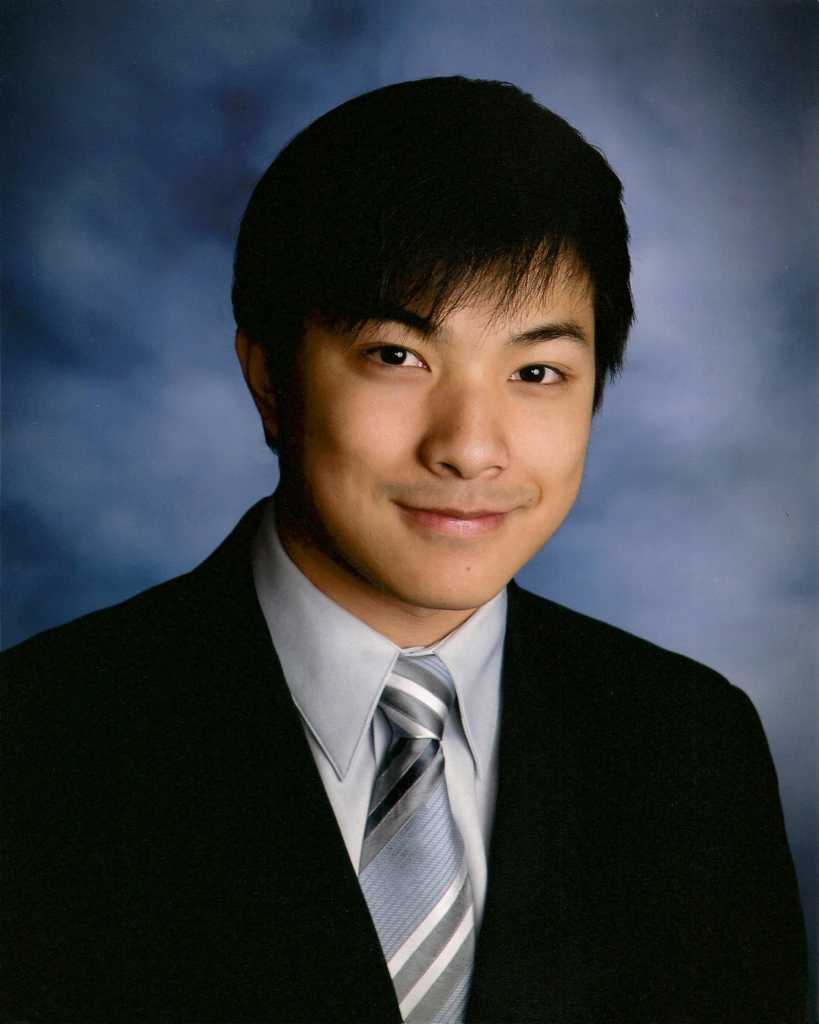Takeaway
Excellent clinicians can learn and practice techniques to boost the power of hope, and to incorporate the wish for a miracle into a more realistic care plan.

Connecting with Patients | March 5, 2020 | 3 min read
By Jonathan Yeh, MD, Johns Hopkins University School of Medicine
“Well, doc, I hear what you’re saying, but we’re hoping for a miracle.”
Those words from patients and their families seem to slam the brakes on many conversations in healthcare, shutting down information sharing and making even experienced clinicians sweat. This happens for several reasons. First, miracle talk brings spirituality and religion into decision-making, and most clinicians have received little training on how to integrate this core aspect of humanity with scientific evidence and reasoning. Second, religion can be such a deeply held personal and cultural value that we worry about offending or contradicting faith beliefs. Third, we get exasperated because our training tells us how bad the medical reality is, and we worry that, in being hopeful, the patient and family “just don’t get it.”
The reality couldn’t be any further from the truth! Patients and families absolutely “get it”—otherwise, they wouldn’t be hoping for a miracle!
Fortunately, there are communication techniques that can boost the power of hope, incorporate the possibility of a miracle into a realistic care plan, and empathetically guide the patient and family forward, even if a miracle doesn’t happen.
Here are my favorite techniques when talking about miracles:
1. Affirm
“I’m so glad you’re telling me this. It’s great that your faith gives you this hope. This is really important.”
Your patient or their loved one just took a leap of faith, sharing something profoundly sacred and personal. Validate their belief and their trust in you as a medical professional.
2. “Tell me more.”
Instead of shying away or quickly changing the subject, be curious:
“Can you tell me more about that? What would that look like?”
More often than not, when we ask open-ended questions and display genuine curiosity, it quickly becomes obvious that the patient and family are insightful and thoughtful, and that there is plenty of room for their faith and the medical reality to co-exist.
Some common responses we hear from patients are:
“Well, I know things are really bad. That’s why we’re in ‘miracle’ territory.”
“A miracle would be him starting to breathe again on his own. However, we know that’s not likely. If it were, it wouldn’t be a miracle, right?”
3. “What else?”
Hoping for a miracle doesn’t mean patients and families can’t hope for other things, too. With gentle probing, you can elicit patient-centered goals that are attainable by the medical team, even if a miracle isn’t:
“I know we’re doing our best medically, and hoping for a miracle. At the same time, what else can we do to care for your loved one?”
“I know we’re all hoping for a miracle. I wonder . . . if we don’t get a miracle, what would that look like? What else can we hope for together?”
When presented with these questions, patients and families will often talk about comfort and quality of life very openly. This can pave the way for discussing bad news and transitioning goals of care later.
4. Join in hope, and avoid saying “but.”
You don’t have to be of the same faith background as your patient, or believe in miracles yourself. Any clinician can say, with full honesty:
“It sounds like you’re hoping for the very best. I’m with you every step of the way.”
Resist the enormous urge to end that statement with:
“. . . buuuuuut [things are bad and I want you to know things are bad].”
Sometimes, a supportive presence is exactly what the patient needs when a tough situation is taking its natural course. So allow time and space for a miracle to happen! Even if it doesn’t, you can return to the bedside and say:
“Yesterday we hoped for a miracle as we weaned the ventilator. It sounds like things didn’t go as we hoped. I wish it were different. Please know that I’m still with you, every step of the way. Can we talk about where to go from here?”
A great resource: “AMEN: Bridging the Gap Between Faith, Hope, and Medicine,” a conversational protocol for discussing miracles and faith with patients created by my colleagues at Johns Hopkins, Rhonda Cooper and Tom Smith.

